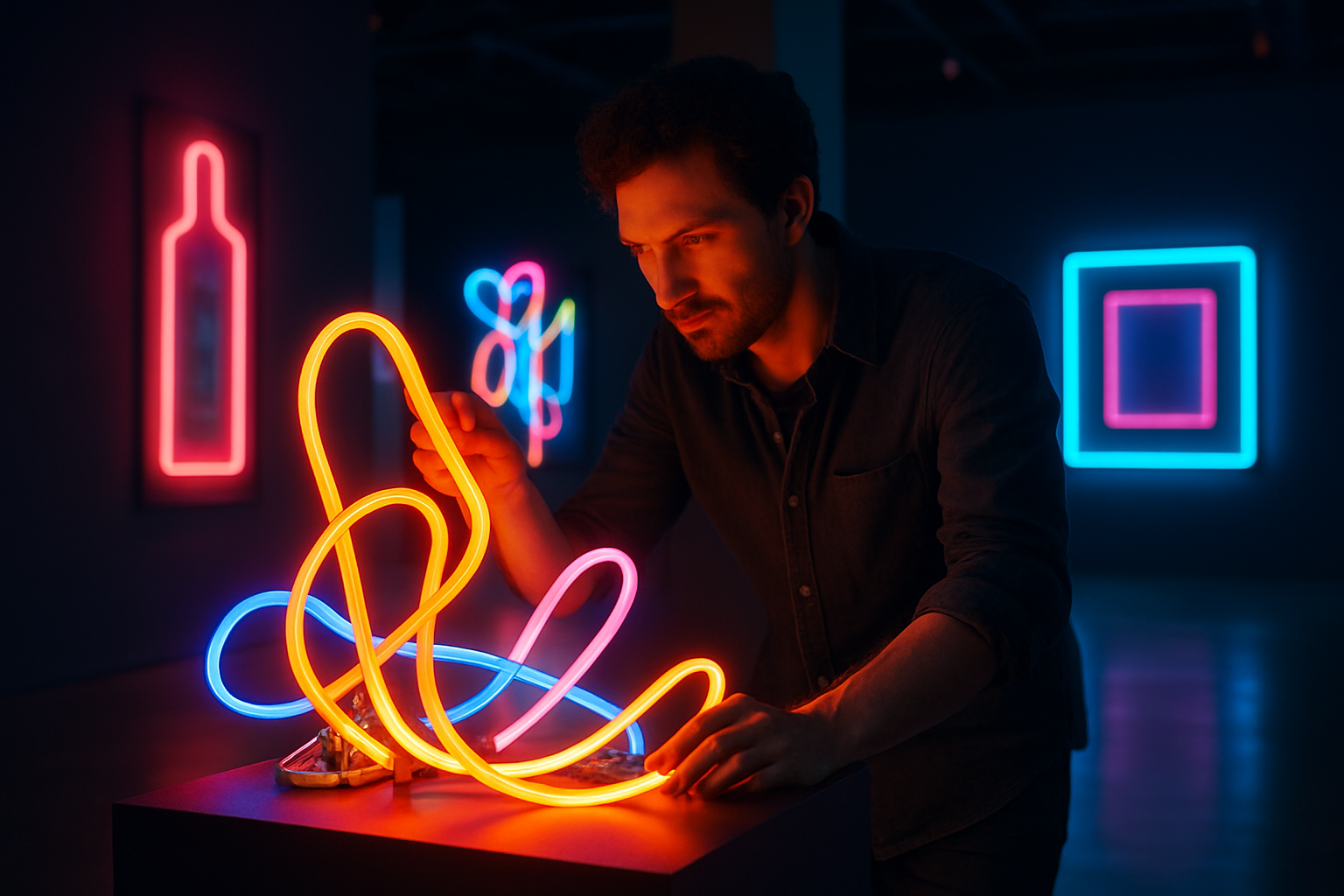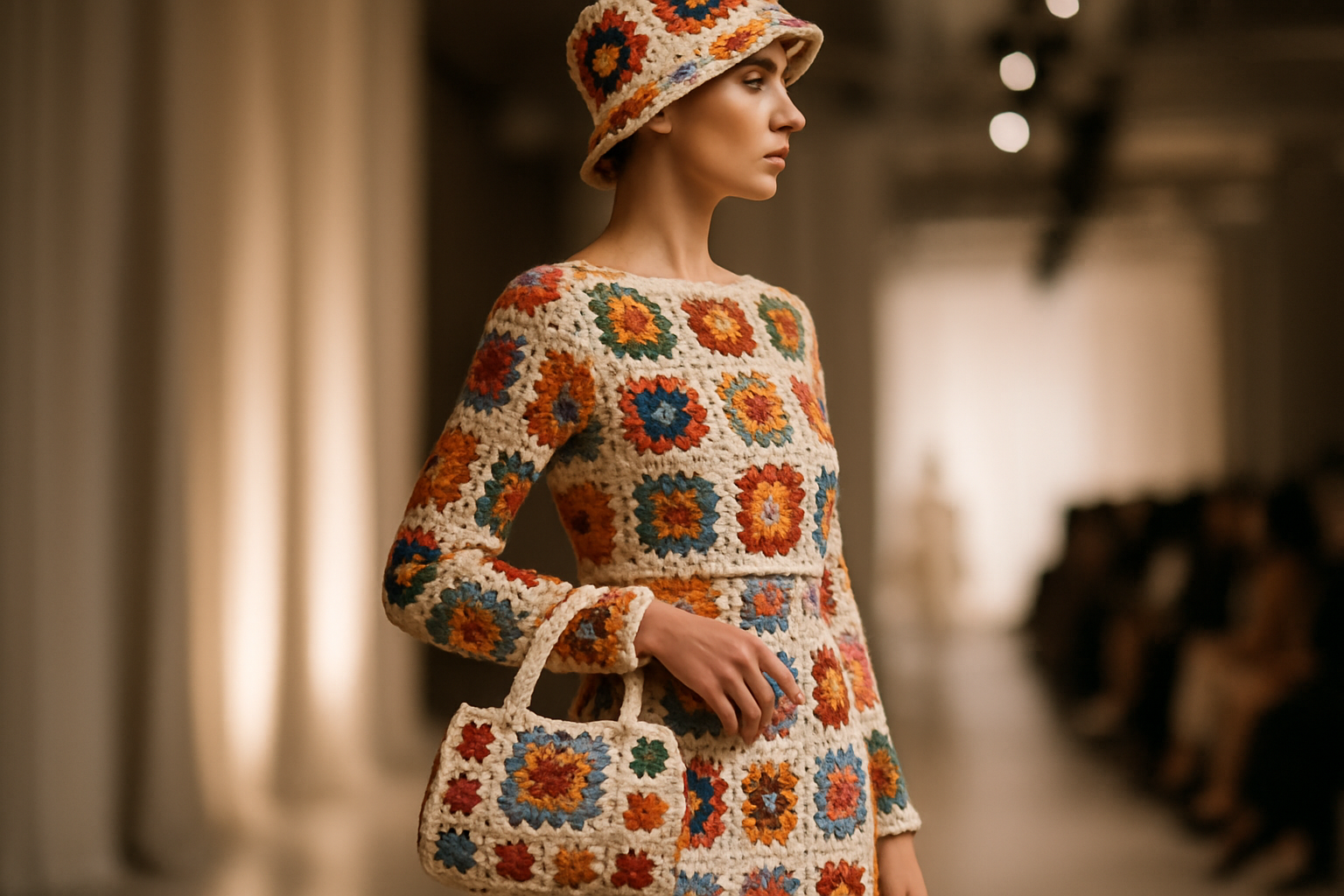Neon Renaissance: The Glowing Revival of Luminous Art
In an era dominated by digital screens, a surprising artistic medium is making a dazzling comeback. Neon art, once relegated to the realms of retro signage and dive bar decor, is experiencing a vibrant resurgence in galleries, public spaces, and even private homes. This luminous renaissance is not merely a nostalgic nod to the past but a bold reimagining of neon's potential as a contemporary art form. As artists and collectors alike embrace the warm glow of noble gases, neon is shedding its kitschy reputation and illuminating new paths in the art world.

The commercial success of neon signs in the early 20th century overshadowed its artistic potential for decades. However, pioneering artists like Gyula Kosice and Lucio Fontana began experimenting with neon in the 1940s and 1950s, paving the way for its integration into fine art. By the 1960s, neon had become a staple of the Pop Art movement, with luminaries like Dan Flavin and Bruce Nauman pushing the boundaries of light-based installations.
The Technological Evolution of Neon Craftsmanship
While the basic principles of neon lighting have remained largely unchanged since Claude’s invention, modern artists are benefiting from significant technological advancements. Today’s neon craftsmen employ computer-aided design software to plan intricate bends and shapes with unprecedented precision. LED-based alternatives offer greater energy efficiency and color options, though purists argue that they lack the warmth and character of true gas-filled tubes.
The integration of smart technology has also revolutionized neon art. Artists can now create interactive installations that respond to sound, movement, or even social media activity. This fusion of traditional craftsmanship with cutting-edge tech has opened up new avenues for artistic expression and audience engagement.
Neon’s Cultural Resurgence and Aesthetic Appeal
The current neon revival can be attributed to a confluence of cultural factors. In an age of digital saturation, the tangible, handcrafted nature of neon art offers a refreshing analog experience. Its warm glow provides a comforting counterpoint to the cold light of LED screens, tapping into a collective nostalgia for simpler times.
Moreover, neon’s association with urban nightlife and the aesthetics of film noir has imbued it with a sense of cinematic cool that resonates with contemporary audiences. Social media platforms like Instagram have further fueled neon’s popularity, with its photogenic qualities making it a favorite subject for influencers and photographers alike.
Contemporary Artists Illuminating the Way
A new generation of artists is pushing the boundaries of what’s possible with neon, creating works that challenge perceptions and provoke thought. Tracey Emin, known for her confessional pieces, uses neon to render handwritten messages that blur the line between personal and public. Her glowing words, often drawn from her own experiences, invite viewers to reflect on love, loss, and human connection.
Korean artist Jung Lee takes a different approach, placing neon phrases in natural landscapes to create surreal, evocative scenes. Her work explores the intersection of language, emotion, and environment, challenging viewers to reconsider the context and meaning of familiar expressions.
Meanwhile, American artist Lili Lakich’s large-scale neon sculptures demonstrate the medium’s potential for monumental public art. Her pieces often incorporate found objects and recycled materials, adding layers of texture and meaning to the luminous forms.
The Environmental and Ethical Considerations
As neon art gains popularity, questions about its environmental impact have come to the fore. Traditional neon signs contain small amounts of mercury, raising concerns about disposal and recycling. However, advancements in eco-friendly neon alternatives and improved recycling processes are addressing these issues.
The art world is also grappling with the ethics of neon production. The craft of neon bending requires specialized skills, and as demand grows, there’s a push to ensure fair labor practices and preserve this artisanal knowledge for future generations.
The Future Glows Bright for Neon Art
As we look to the future, the prospects for neon art appear as bright as its luminous tubes. The medium’s versatility, coupled with ongoing technological innovations, suggests that we’ve only scratched the surface of its creative potential. From large-scale public installations to intimate gallery pieces, neon continues to captivate audiences and inspire artists.
The neon renaissance is more than just a trend; it’s a testament to the enduring power of light as an artistic medium. In a world increasingly defined by digital experiences, neon offers a tangible, luminous connection to the physical realm. As artists continue to push the boundaries of this glowing medium, we can expect to see even more dazzling and thought-provoking works illuminating our cultural landscape.





